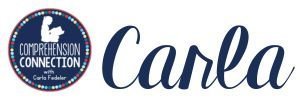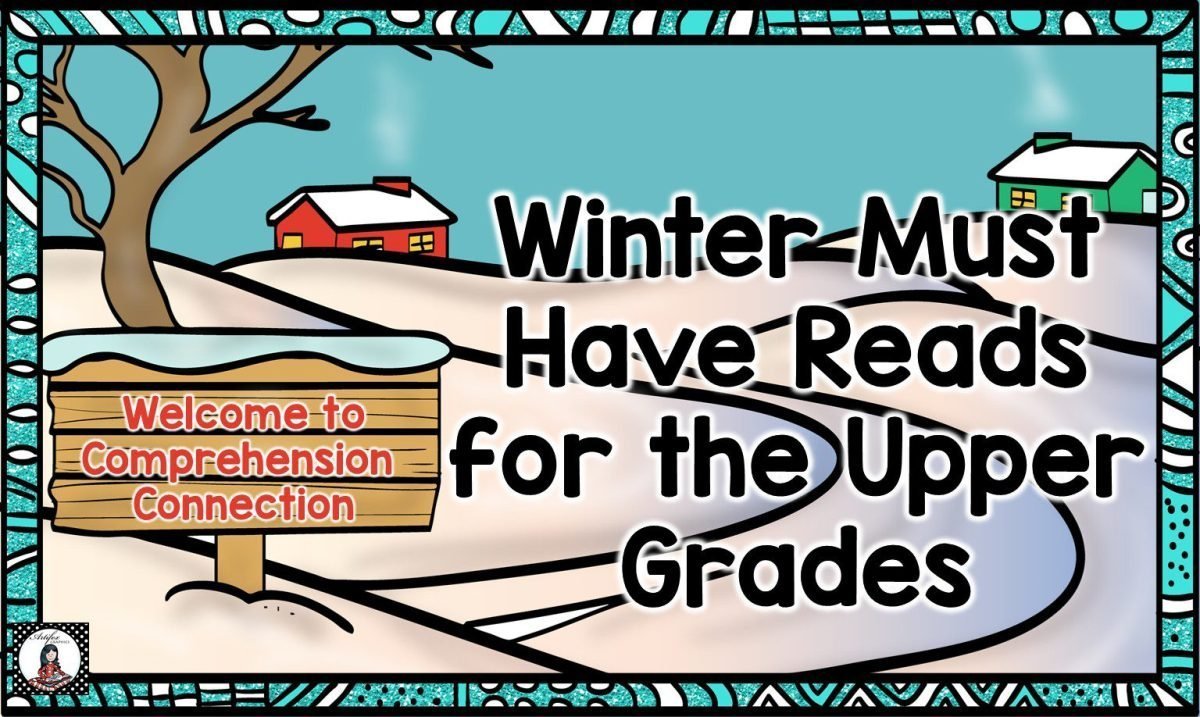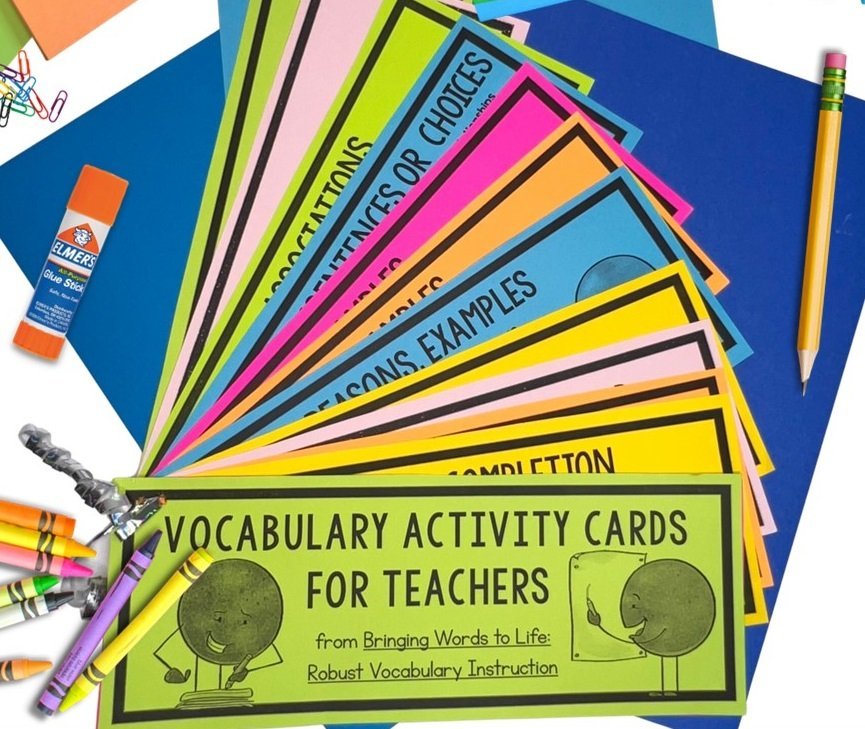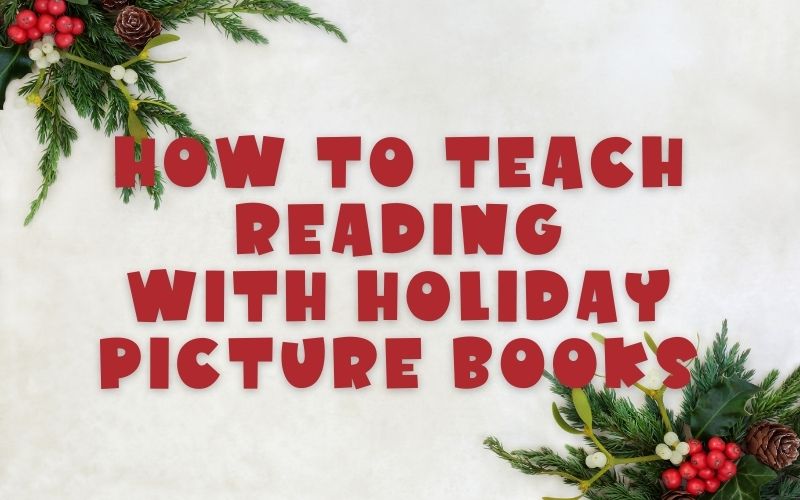
If you are teaching in upper elementary and have advanced students, chances are good that you have students at the derivational relations spelling stage. At this stage, word study is all about vocabulary. These kids are ready for deep word learning activities that ignite a thirst for more. In this post, teaching ideas for students spelling at the derivational relations stage are shared.
word study for Derivational Relations Students?
Have you ever wondered why spelling seems so boring for students and teachers? If you think about it, learning to spell words in and of itself isn’t that exciting. If all you do is memorize the words, look them up in the dictionary, and put them in sentences, then you have it wrong! Why are these practices still used in classrooms when we know they aren’t effective. They lead to low engagement and short term retention.
Motivation is the secret ingredient to long term learning. If we keep learning active and fun, student motivation increases. Word study instruction can and should be active even at the derivational relations stage! As we teach students to analyze words, we build a natural curiosity for deeper understanding.
If you’ve been following my word study series, then you probably see the need for change in spelling instruction. The more we make word study into a game-like activity, the more engaged students are in the learning process. As students engage in word play activities, they learn to spell words. However, they also use this knowledge for decoding in reading and writing. As fascination with learning new words expands, improved vocabulary deepens comprehension.
In today’s post, I’m going to focus on the final stage of word study, derivational relations. This stage begins at or around 5th grade. Kids at this stage demonstrate these reader characteristics:
- READ FLUENTLY
- COMPREHEND WELL
- WRITE EXTENDED AMOUNTS WITH RICH VOCABULARY, VARIED SENTENCES, AND ELABORATION
- WITH WORD LEARNING, THEY FOCUS ON MEANING AND GROWTH OF VOCABULARY USAGE
WHAT THE DERIVATIONAL RELATIONS STAGE LOOKS LIKE
Since students continue work with multi-syllabic words, the derivational relations stage is really an extension of the syllable juncture stage. Students delve into Greek and Latin roots, complex prefixes and suffixes, explore silent letters, and use derivations. As you can see, the key in this stage is on meaning and usage as students observe slight changes in spellings.
TEACHING DERIVATIONAL RELATIONS GROUPS
To begin, you really want to focus on meaning first with this stage and clearly explain the roots of the words you include in your sorts. By studying related forms or demonstrating how the words share the same origin or derivation, students solidify how the words are used differently.
Silent/Sounded Consonants
With some words, letters that are silent are sounded in derivations. For instance, in the word sign, the /g/ is silent. When you make the word signal, you notice that the /g/ becomes sounded. Of course, there are many other examples. Ironically, once students have completed sorts for this feature, they begin to use words that have the sounded letters to help them spell those with silent.
Vowel Alternations
Once students understand the connection between silent and sounded consonants, they see how the shift in sounded can also happen with vowels. Many words that come from the same root change in sound when new words are derived. For example, crime is related to the word, criminal, right? Of course, you notice that the vowel shifts from a long sound to a short sound. As a result, knowing the root, crime, helps you know that criminal is spelled crim. In addition to long to short vowel alternations, students study long vowels to the schwa sounds and short vowels to the schwa sounds too.
Greek and Latin Word Elements
At the middle of the DR stage, students really dig into Greek and Latin roots and all of the words derived from them. As you likely know, there are so many different prefixes and suffixes to include. Due to the vast numbers, this part of the curriculum takes a long time to fully *know* and *apply*. To get an idea of what’s included, here is a partial list. Can you see how intense this part is? The content is something we do not want to and should not rush. Our students will apply what they learn in future science studies, foreign language, and even in medicine.
Greek Prefixes
Greek Roots
Latin Roots
Latin and Greek Prefixes
Greek Suffixes
Spelling Changes in Consonants and Vowels
The last section of the derivational relations stage explores how consonants and vowels change when suffixes are added. Again, modeling with studies of the root word first and then the derivations. For example, the word permit (root) becomes permiss when ion is added. We also study words that end with /t/ and how they change when a suffix that starts with the /sh/ sound is added.
Here are example words:
- /t/ to /sh/-permit-permission, transmit-transmission
- /t/ to /s/-silent-silence
- /d/ to /zh/-explode-explosion, erode-erosion
- /sh/ to /s/-ferocious-ferocity, precocious-precocity
- Long to Short-vain-vanity, receive-reception
Other topics included in this section are:
- -able/ible -ant/ance, ent/ence consonant doubling and accents, and
- Absorbed Prefixes
ACTIVITIES TO USE FOR derivational relations students
Since the focus for derivational relations spellers is on meaning, the type of activities have this focus too. Naturally, the basis of word study is still on sorting. However, the analysis is going to shift to patterns at the syllable junctures or where the prefix and suffix is added. Plus, students also determine how the meaning changes. Here are a few ideas you might use/include:
- Vocabulary Notebooks-As new words are included in sorts, they can be added to vocabulary notebooks too. In the notebooks, students can include kid friendly definitions, new words they come across in reading, sample sentences showing how words are used, drawings, and derivations of the words they add.
- Boxing/highlighting spelling changes in words, sorting, and writing of the sorts.
- Posters that connect roots to the words formed from them (word webs)
- Games such as Greek and Latin Root Jeopardy or I Have, Who Has.
- Graffiti Walls where students add new words they’ve discovered through reading.
- WOW Word Wall…add words to it to expose students at other spelling stages to the meaning of the words and encourage DR spellers to use them in writing.
- Group words by how they’re used…building or construction words, speaking/writing words, travel words, words that show movement, etc.
- Dictionary word hunts (notice that I say hunts versus copying definitions), and
- Frayer Model…take words and look more deeply at what they are/aren’t, look like, and how they’re used.
PULLING IT ALL TOGETHER
Word study is a spiraling curriculum. We are always looking back to previous learning to build on new skills or understandings. As you think about what’s been learned by the DR speller, you realize just how much time and effort has gone into the knowledge these kids have. They began years ago with recognition of a few letters. They’ve learned letters and sounds, blends, consonant digraphs, short vowels, long vowels, about Bossy R and L controlled vowels, complex consonants, syllable junctures, prefixes, suffixes, homonyms, compound words, and now Greek and Latin Roots.
As you can see, there are MANY learning targets in this stage. If today’s post doesn’t hit your students’ needs, you can revisit the previous posts to learn more.

For other Word Study posts, click on the links below:
- Getting Started with Word Study: Explains how to get started with assessment and grouping.
- Emergent Reader: Shares how kindergarten teachers can use the sorting process with concept sorts, font sort, and picture sorts to build understanding.
- Letter Name Speller: This post includes the letter name features, teaching ideas, and look fors.
- Within Word Speller: Students at this stage are working on long vowel words, r contolled words, and words with complex consonants. The post includes the features included, activity ideas, and other relevant points.
- Syllable Juncture Speller: The students at this stage are building fluency and are writing extended amounts. Check out this post if your students are confused with the spelling of multi syllabic words.
- Derivational Relations Teaching Ideas from Tarheel State Teacher




















